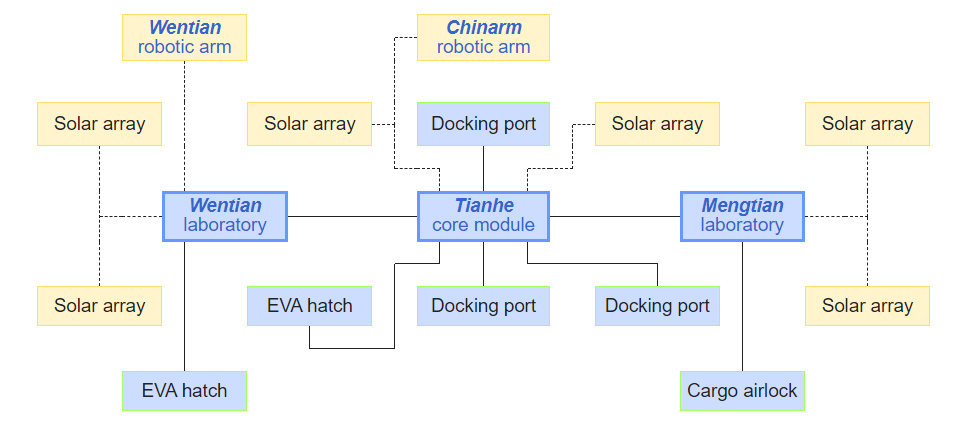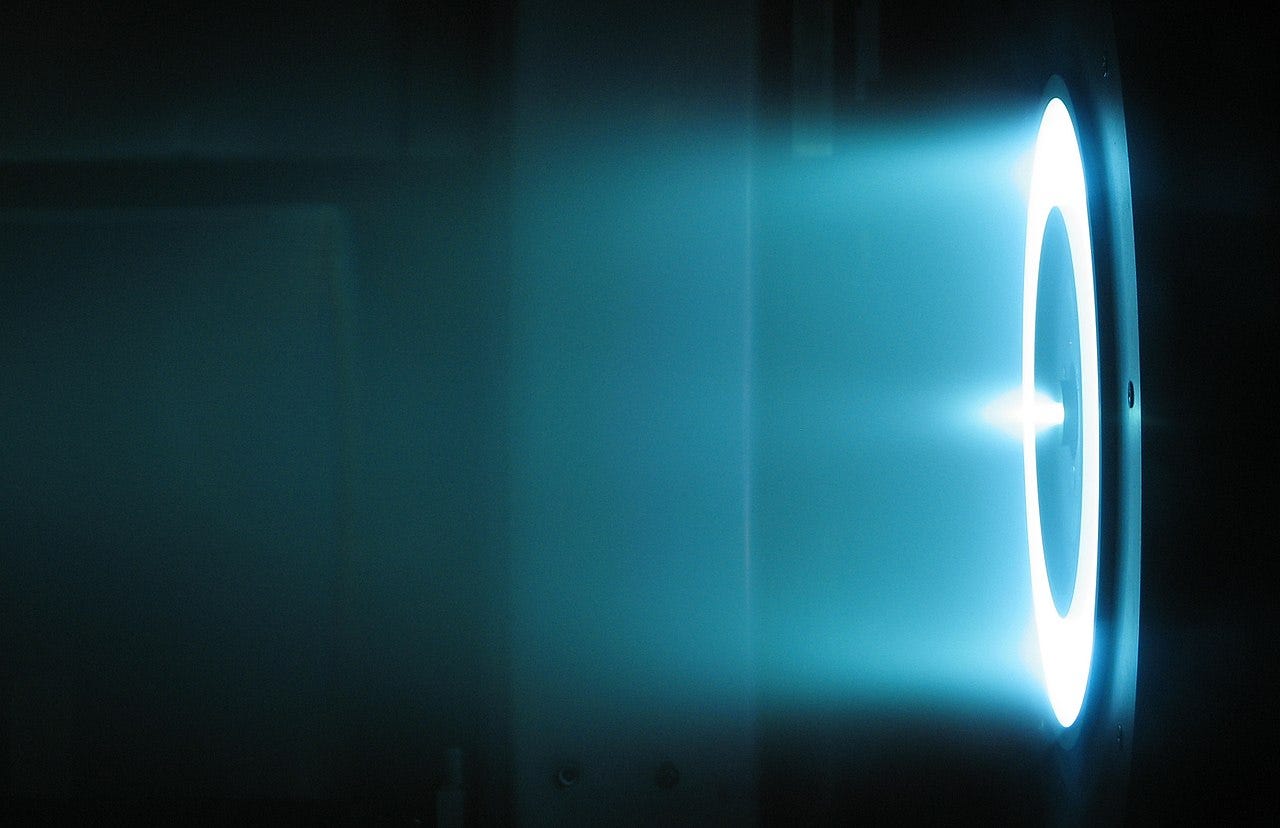Chinese space station: Size & Capabilities
How does it compare to ISS?
A New Star in the Sky
One of the newest stars in our sky is the Chinese Space Station, also known as Tiangong. Let’s take a fun journey to explore what makes it so special and how it stacks up against the famous International Space Station (ISS).
What is the Chinese Space Station?
The Chinese Space Station (CSS), named Tiangong Space Station which means "Heavenly Palace," is China’s shining star in space exploration. It's a modular space station, which means it’s built piece by piece, just like a giant Lego set in space! Its main purposes are scientific research, space medicine, technology experiments, and even some cool stuff like space tourism in the future. It's designed to help us understand more about living and working in space.
Objectives of the Chinese Space Station
The Chinese Space Station aims to master spacecraft rendezvous technology, enabling smooth docking and undocking in orbit. It seeks to establish permanent human operations, allowing astronauts to live and work in space for extended periods. Long-term autonomous spaceflight is another goal, ensuring the station can operate independently for prolonged durations. The station is also focused on perfecting regenerative life support technology to recycle air and water efficiently.
Autonomous cargo and fuel supply systems are being developed to facilitate automatic resupply missions. Additionally, Tiangong serves as a platform for next-generation orbit transportation, acting as a base for developing and testing new spacecraft. The station will conduct large-scale scientific and practical applications, offering extensive research opportunities in various fields. Lastly, it aims to lay the groundwork for future deep space exploration missions beyond Earth's orbit.
Comparison with ISS
Now, let’s see how the CSS compares with the big boss in space, the International Space Station, on some key points.
Scale and Effective Scale
CSS: The Chinese Space Station is smaller, with a mass of around 66 tons. It's designed to support a crew of 6 astronauts.
ISS: The International Space Station is a giant! It has a mass of about 420 tons and can also support up to 6 astronauts full-time and 3 additional astronauts part-time.
Even though the CSS is smaller, it’s super-efficient and packed with advanced technology. Here is an indicator: pressurized volume (outlined in orange in the above image). It refers to the size of the space that can actually be used on the space station.
CSS: 340 cubic meters
ISS: 1005 cubic meters
In terms of pressurized volume, CSS is 34% of ISS (while in terms of total mass is only 16%)
Engines
The space stations need a power device to maintain the orbit, otherwise they will gradually fall back and burn into the atmosphere.
The ISS uses rocket engines as power and relies on the Russian module located at the tail of the space station for power. It consumes 7.5 tons of fuel each year, more than 10 tons in some years, and costs more than 300 million US dollars.
CSS uses Hall thrusters as power and relies on four thrusters located at the tail of the core module to continue to work and maintain the orbit. It does not consume fuel, and only needs to replenish 50 kilograms of inert gas as a working fluid each year, which is about the size of a gas tank.
Observation Capability
The ISS isn't specifically designed for observational functions, but it still has a range of capabilities for Earth and space observations. The ISS provides unique vantage points for Earth observation, leveraging various instruments to monitor natural disasters, study agricultural and water quality, and observe atmospheric conditions. It also serves as a platform for space-based studies, such as cosmic rays and X-ray sources.
On the other hand, the Chinese Space Station has a more specialized approach.

The CSS is planning an incredible independent space telescope that's bound to revolutionize space observation. This telescope will boast a huge 2-meter primary mirror, allowing it to capture stunningly detailed images. But here’s the mind-blowing part: it will have a field of view 300 to 350 times larger than the Hubble Space Telescope!
This vast field of view means it can image up to 40% of the sky using its powerful 2.5 gigapixel camera over a span of ten years. The telescope will orbit alongside the space station but in a slightly different phase. This unique arrangement lets it dock with the CSS periodically for maintenance, ensuring it stays in top-notch condition. So, think of it as a supercharged Hubble with regular pit stops for upkeep.
Both serve as amazing platforms for scientific research and international cooperation, helping us learn more about our universe and how we might one day live among the stars. Next time you gaze at the night sky, just think – there’s a whole world up there, busy with astronauts and space adventures!





